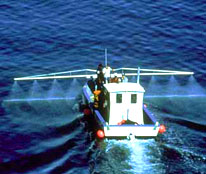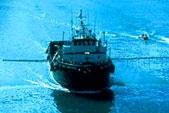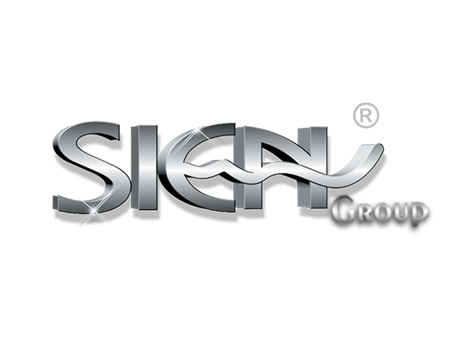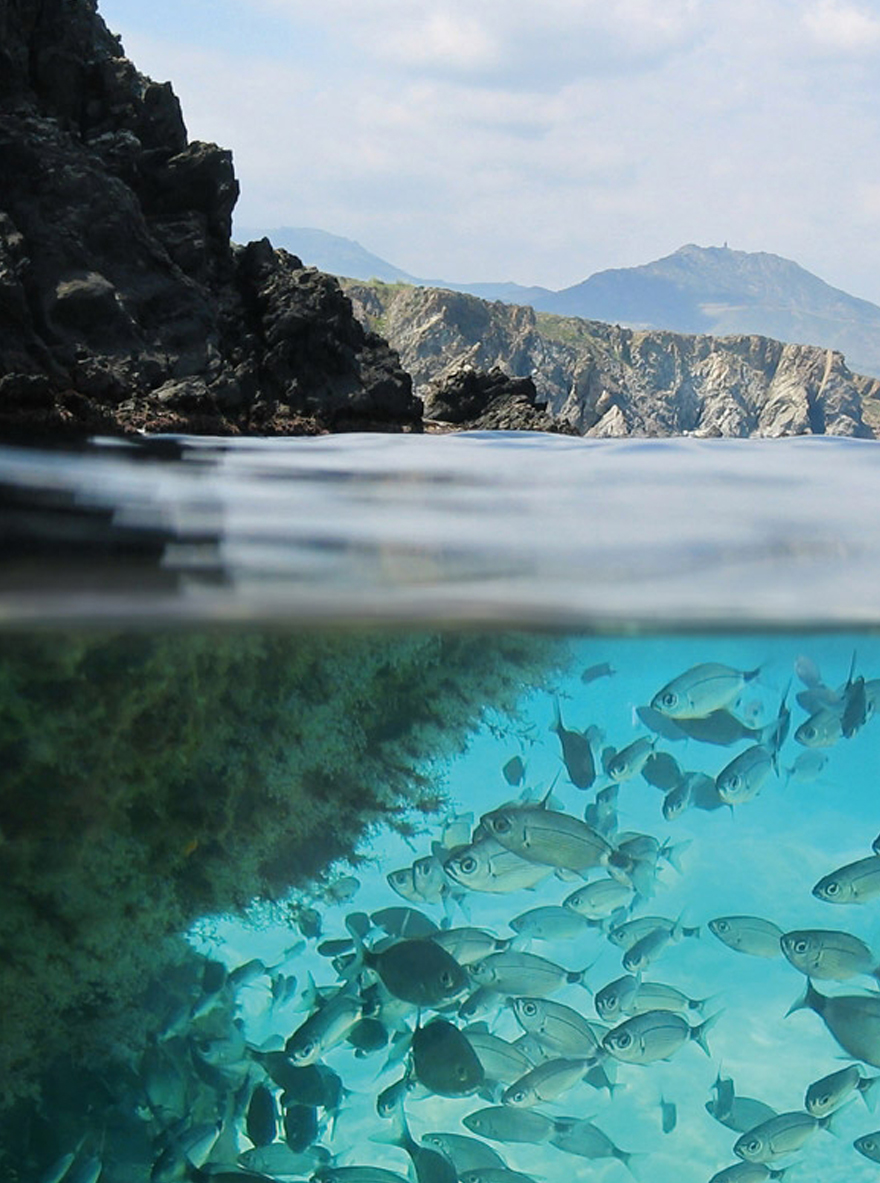Applications and ratios of D.G.S. 500 O,S&R
[1-B] – Applications and ratios of D.G.S. 500 O,S&R
D.G.S. 500 O,S&R can be applied to open water by a variety of methods. In general workboats are more suitable for treating minor spills in harbors or confined waters. Large multi-engine planes are best equipped for handling large off-shore spills. Small, single-engine aircraft and helicopters are suitable for treating smaller spills and near shore areas. Regardless of the method used, it must be able to apply the D.G.S. 500 O,S&R effectively. In order to minimize losses due to wind drift, a uniform spray pattern of larger droplets, “rain drops”, are required rather than a fog or a mist.
The ratio of D.G.S. 500 O,S&R to the oil, depends on many factors which include type of oil, viscosity, degree of weathering, ambient temperature and prevailing conditions. Generally this ratio can be estimated for a slick that is dark brown black in color, 100 microns in thickness, in area of 10000 m2. This would represent a slick of 1 ton of oil (approx.), and would require about 70 liters of D.G.S. 500 O,S&R (undiluted) for the complete treatment and dispersion of the slick .


1) Marine Vessel Applications (type 2 / 3)
Methods for D.G.S. 500 O,S&R application from sea going vessels include spraying through a set of nozzles fixed on outboard booms, and spraying from modified fire monitors. In a typical boom system, the booms are mounted as far forward as possible to ensure the D.G.S. 500 O,S&R is applied ahead of the bow wave which helps to mix the D.G.S. 500 O,S&R and oil. Spray units can be portable or permanently installed on a vessel. Systems are available that deliver neat D.G.S. 500 O,S&R or, with a separate water pump, apply D.G.S. 500 O,S&R diluted with water.
Vessel spraying is of limited utility as can only relatively small amounts of D.G.S. 500 O,S&R can be applied and because of the difficulties of locating the oil from a vessel. Furthermore, when slicks become fragmented or form narrow windrows, it is inevitable that some D.G.S. 500 O,S&R will be sprayed onto un-oiled sea. These problems can be partially overcome by controlling the operation from a spotter plane but this requires good air to sea communications.
D.G.S. 500 O,S&R can be sprayed in the undiluted mode (type 3), or for a better distribution in the diluted mode (type 2), from bow mounted spray booms in order to take advantage of the roll-over effect of the vessel’s bow wave. For best results, additional agitation is required by the use of the available methods (turbo-jet mixture, surface breaker boards or fire hoses).
The discharge rate for the D.G.S. 500 O,S&R in the vessel Applications, can be obtained from the following equation:

[Discharge Rate] is the consumption of the concentrate D.G.S. 500 O,S&R (as supplied), this consumption will be given by liters per minute (liters/min).
[Vessel speed] is the going speed of the spraying vessel, the speed should be stated by meter per minute (m/min) in the equation. To convert from “Knot” to “m/min”, use the following equation: Knot (kn) × 30.8866 = m/min
[Swathe width] is the sum total lengths measurement of the spraying arms/booms , this sum total should be stated be meter (m) in the equation, and it is to be metered starting from the vessel side to the end of each spraying arm/boom, and then take the lengths measurement sum
Note: D.G.S. 500 O,S&R can be sprayed on to oil slick in concentrated mode (as supplied), or in mixed mode (being mixed with sea water when sprayed). In case of mixed mode, use the available mixing ratio in the site, but if available we advice to use the mixing ratio of 1 : 19 – 1 : 4 [dispersant : sea water], it is about 5 – 20% concentration of the dispersant in the total spraying solution (that is depending on the case and data).


2) Aerial Applications (type 3)
The spraying of D.G.S. 500 O,S&R from aircraft has the significant advantages of rapid response, good visibility, high treatment rates and optimum D.G.S. 500 O,S&R use. In addition, aircraft allow treatment of spills at greater distances from shore than with vessels.
Two categories of aircraft are used:
- Those designed for agricultural or pest control operations which require minor modification for dispersant application.
- Those which have been specifically adapted for the application of dispersant. Several types of helicopter have also been converted although most are able to carry under sling bucket spray systems without the need for modifications.
D.G.S. 500 O,S&R can be applied by a wide variety of rotary and fixed wing aircraft, particularly dedicated spray aircraft if these are available. It must be emphasized that due to aircraft speed atomization of the dispersant must be reduced by using a spray nozzle system that will give a large droplet size (700-1200 microns).
The discharge rate for the D.G.S. 500 O,S&R in the Aerial Application, can be obtained from the following equation:



3) On Beaches, Rocky Shores and Harbour Walls


Use



